News
White-tailed Eagles disappear in suspicious circumstances
We’re offering a £10,000 reward for information that leads to a conviction in these cases.
Meet Nigel and Chantel, two members of RSPB staff who have unusual careers in conservation within the organisation. We’re taking you behind the scenes of their day-to-day!
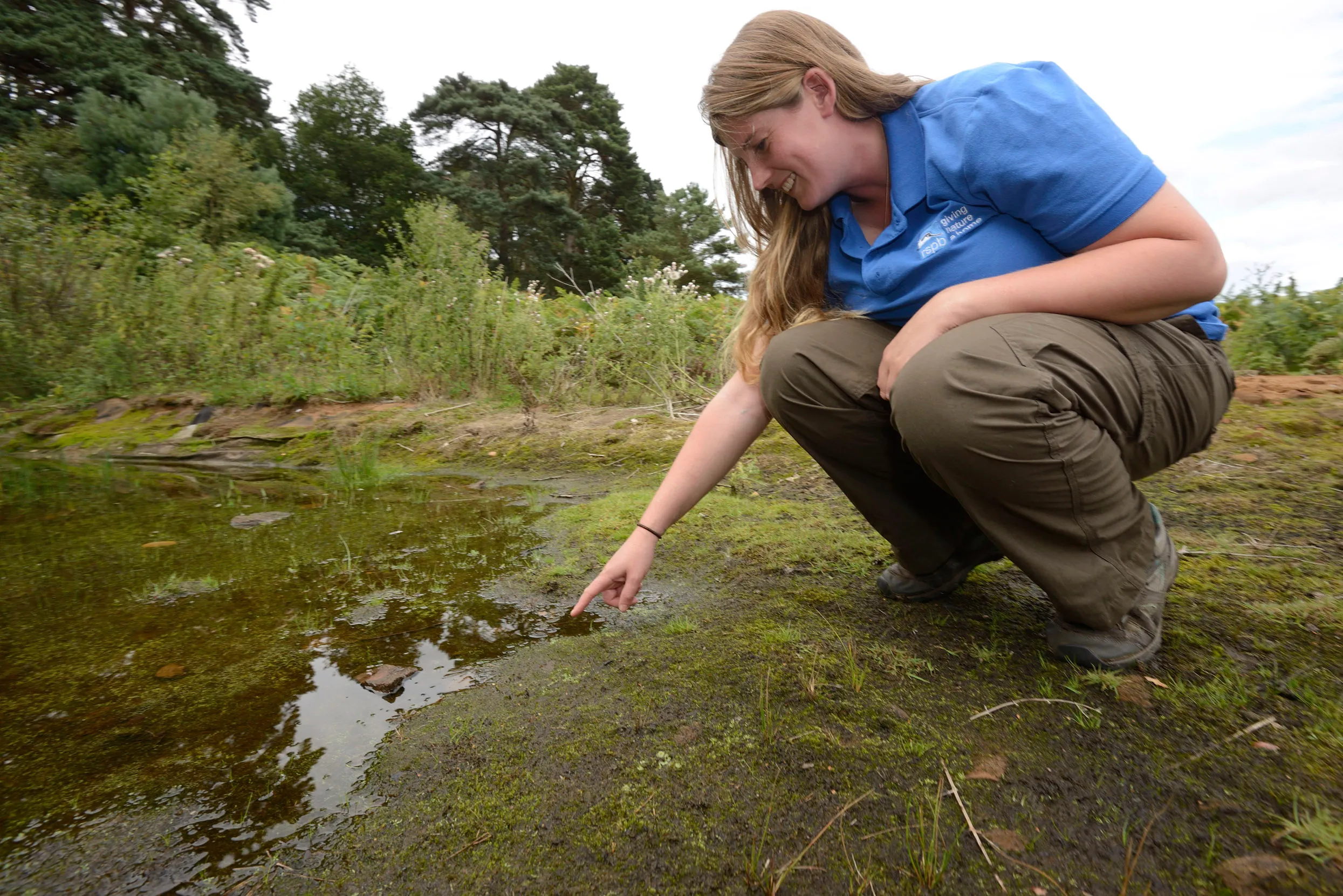
When you imagine the daily life of an RSPB staff member, you might picture an ecologist examining species through their binoculars, or a warden getting stuck into a reedbed with a brush-cutter. We’re here to introduce you to some of our colleagues around the organisation who might defy your expectations!
Out on Orkney resides a team of rather unique conservationists. Their area of expertise? A highly developed sense of smell.
“I’m Chantel, and I’m based on the archipelago of Orkney. I work as part of a Stoat eradication program in the Orkney Native Wildlife Project team: a partnership between the RSPB, NatureScot and the Orkney Islands Council. But the brains behind the operation is my detection dog, Skye.”
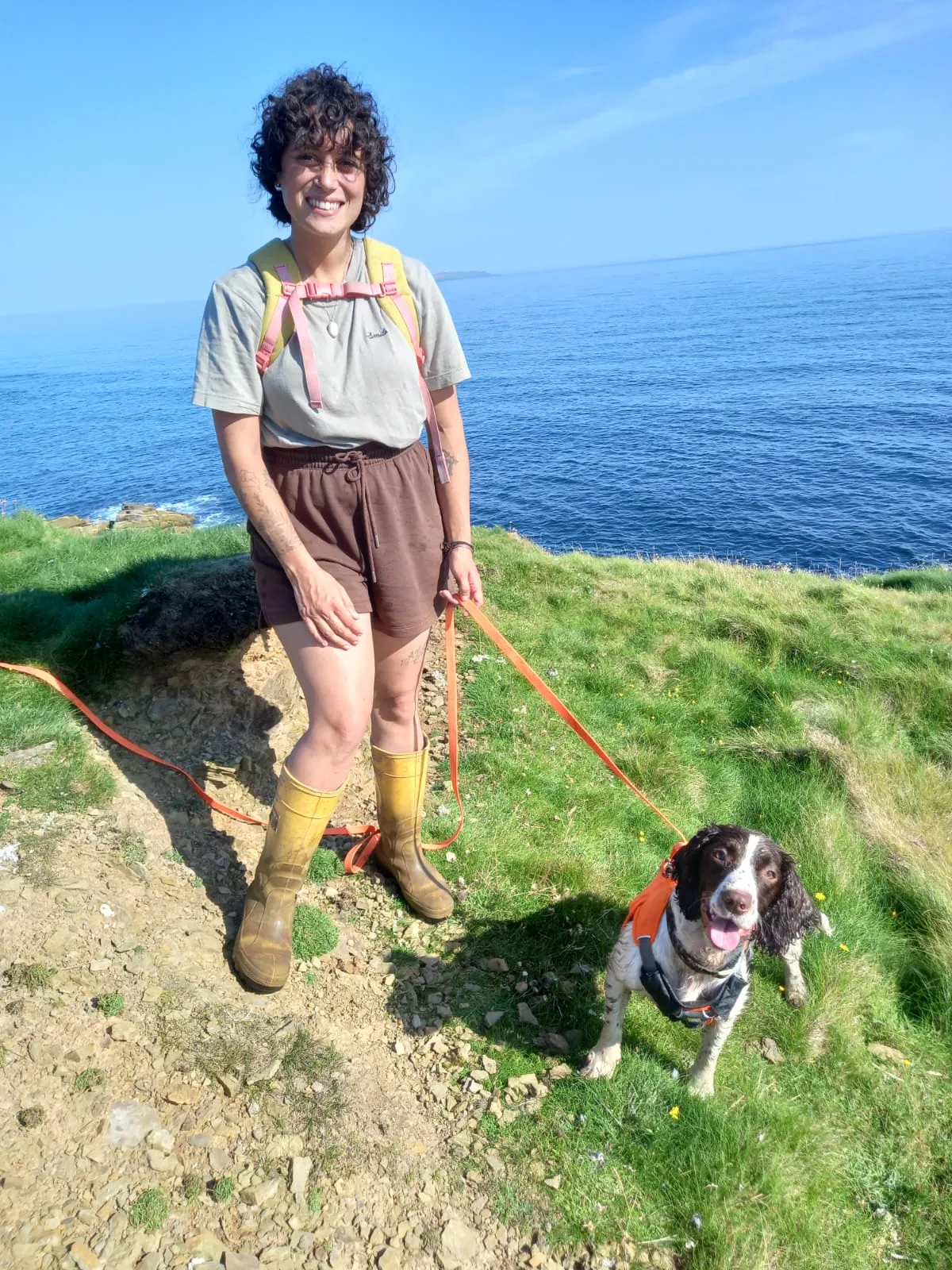
Chantel and Skye are a part of Europe’s first Stoat detection dog team; it is the largest of its kind in the world.
“When people think of Orkney, I think they think of a small island. So, it might surprise people that there are roughly 40 people who work in the offices as part of the partnership. Eight of those are dog handlers, and we have 10 dogs in total. I’m a team lead, so I get to work with the other handlers quite a lot (and be involved in training new dogs!). Our team work closely with the trappers; if we find Stoat scat in certain areas then it informs their work.”
Orkney is home to large percentages of threatened UK populations: 11% of seabirds, 20% of Hen Harriers and 10% of Curlew. In the wider UK landscape, these birds suffer from habitat loss, lack of food sources and persecution. The remote islands of Orkney offer a haven for these species.
Stoats were first reported on the Orkney in 2010 and pose a serious threat to the island’s native wildlife. As a non-native species, they have no natural predators on the islands, and their fast breeding means they’ve quickly become established. Stoats will eat both eggs and chicks, putting seabird and Curlew populations at risk. They also predate voles, an important food source for the islands Hen Harriers, creating competition for the vulnerable species.
Together, Skye and I explore the wilds of Orkney in search of Stoat scat. Our findings are passed back to the trapping team as part of the essential eradication program.
We wake up in the morning, and Skye has her breakfast and supplements. I perform a health check on her every day to make sure she’s ready for the search. We then head outside and get started.
This is my favourite part of my job: we explore the island so intimately on our searches; I’m getting to know areas of the island which the locals don’t even get to explore!
After a cool-down session, we return home ready for lunch and Skye’s nap. When she wakes up, we get to work on some training to keep Skye up to speed. At the moment, we are working on her indication skills (using toys and treats, instead of stoat scat inside the house!). This is a practice of how we can communicate most effectively – so she can always point me in the right direction.
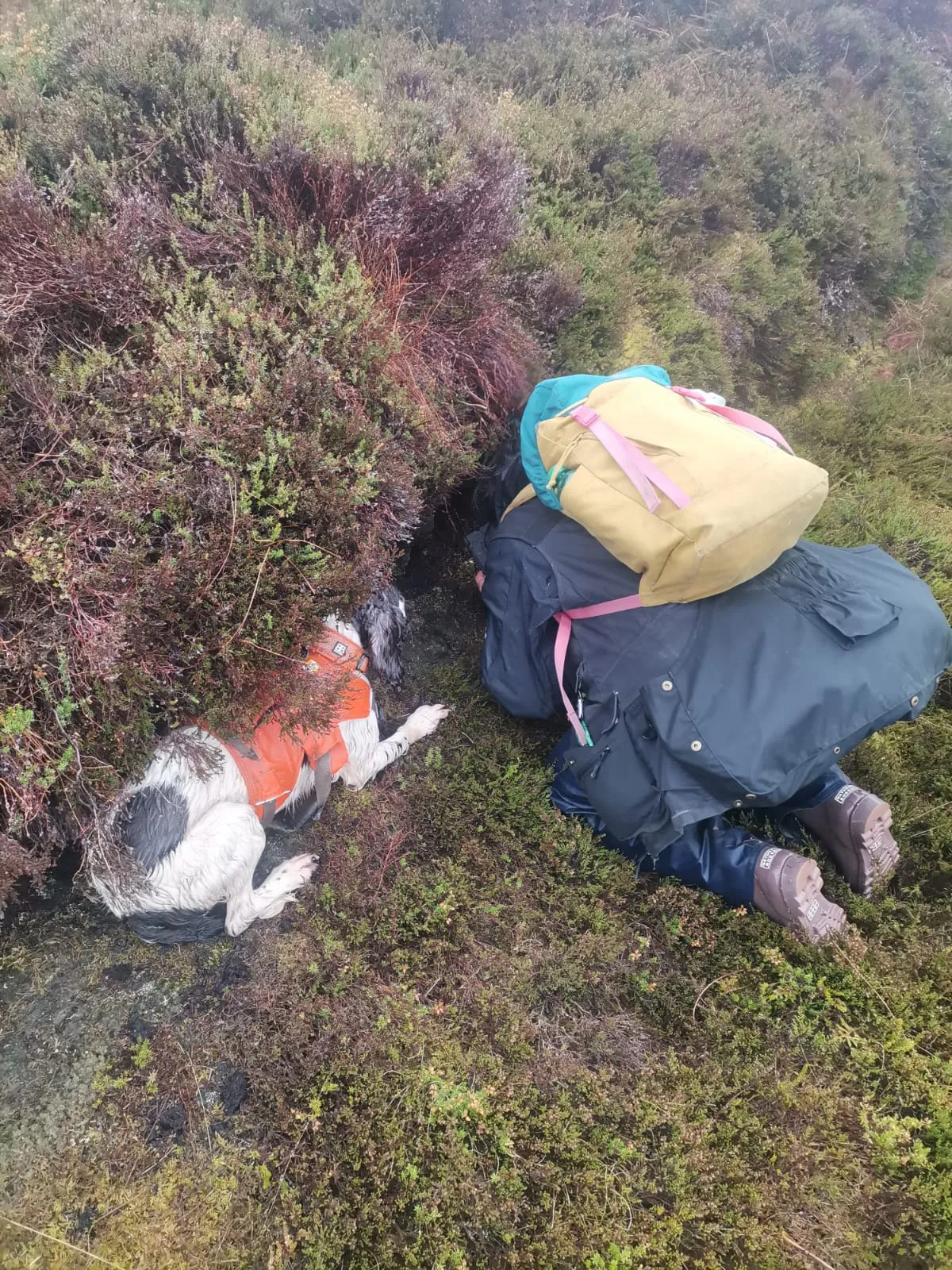
I’m so lucky – every day I’m out in the field and that is what brings me joy. A real highlight is when Skye and I head out to some of the more remote islands. Getting the ferry across in the morning is just magical. I really enjoy the solitude of being out, too. I’ve had some fantastic wildlife experiences; White-tailed Eagles soaring overhead and seals splashing nearby. Many of these islands are Stoat-free too, so there’s something very profound about heading out to conduct searches where you hope not to find anything. Those moments are my favourite.
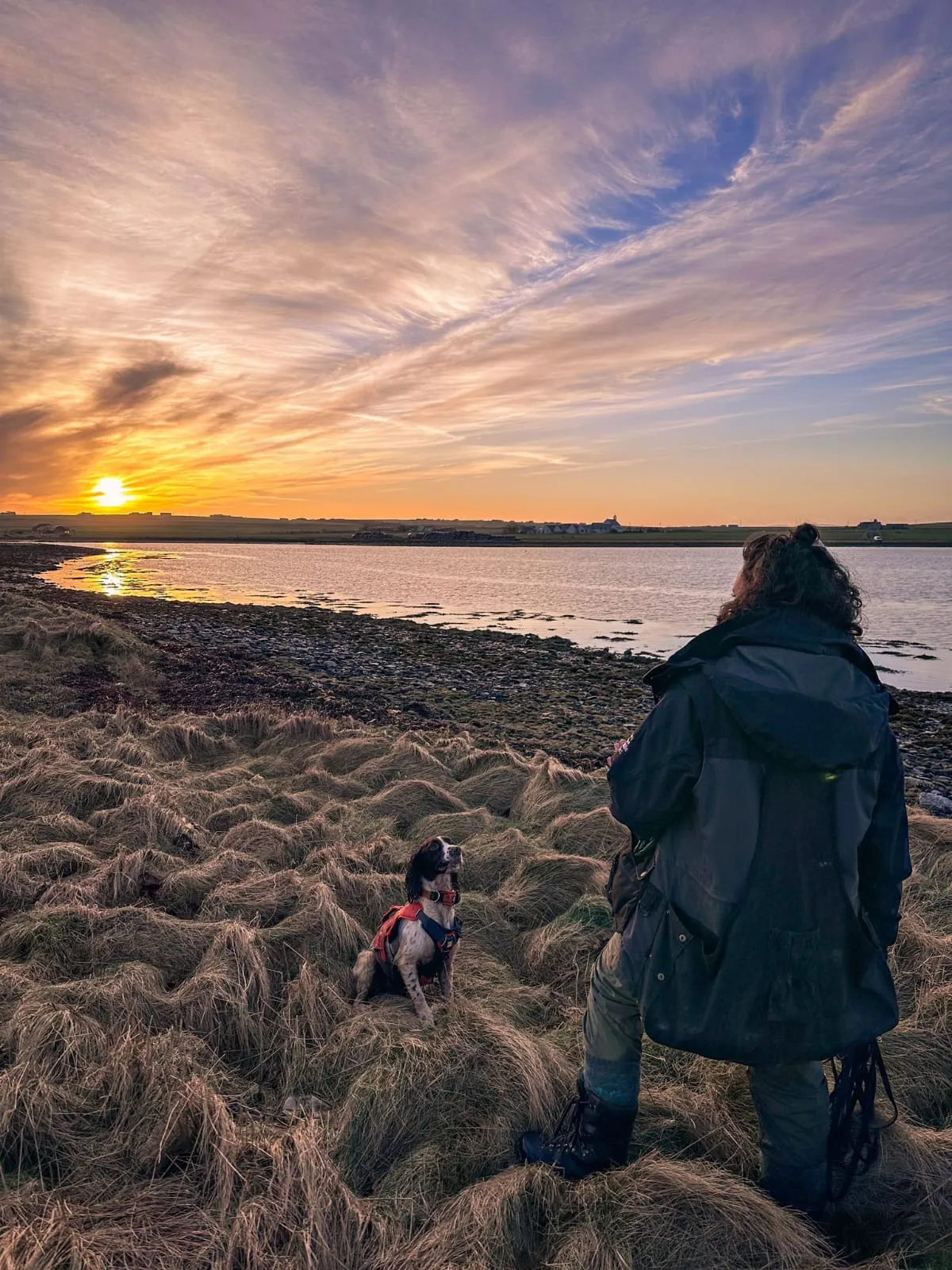
Reading about the extinction of the Tasmanian Tiger due to human persecution. Hearing the last individual died due to neglect made me want to work in the conservation sector when I was younger. And this role is my dream role because I’ve always loved dogs. Previously, I’d worked as a dog walker and trainer, which was rewarding because I helped people to solve all sorts of problems with their dogs: I felt like a therapist (and sometimes marriage counsellor). After that, I was a reserve warden for a conservation organisation, Froglife. So, this role is really a combination of my two passions!
On the day to day, I wish Orkney didn’t have relentless wind! The weather really affects our ability to work and for the dogs to pick up scents. But looking at the bigger picture, within conservation and the environmental sector, it’s really important that we’re hearing from more diverse voices.
Once our dogs have worked with Chantel’s team to sniff out stoats, and the populations have been successfully eradicated, how do we encourage birds to return to nest? Along with the practical habitat conservation work, which is typically associated with the RSPB, we also have a whole host of technology which has been developed in house to help our species recover.
Meet Senior Technological Officer, Nigel Butcher. Affectionately known as the RSPB’s ‘gadget man’, Nigel works for the RSPB’s Centre for Conservation Science. When asked to describe his role, he says:
“It’s an unusual job, where I develop technology for research purposes, often for monitoring on reserves – I’m usually surrounded by soldering irons.”
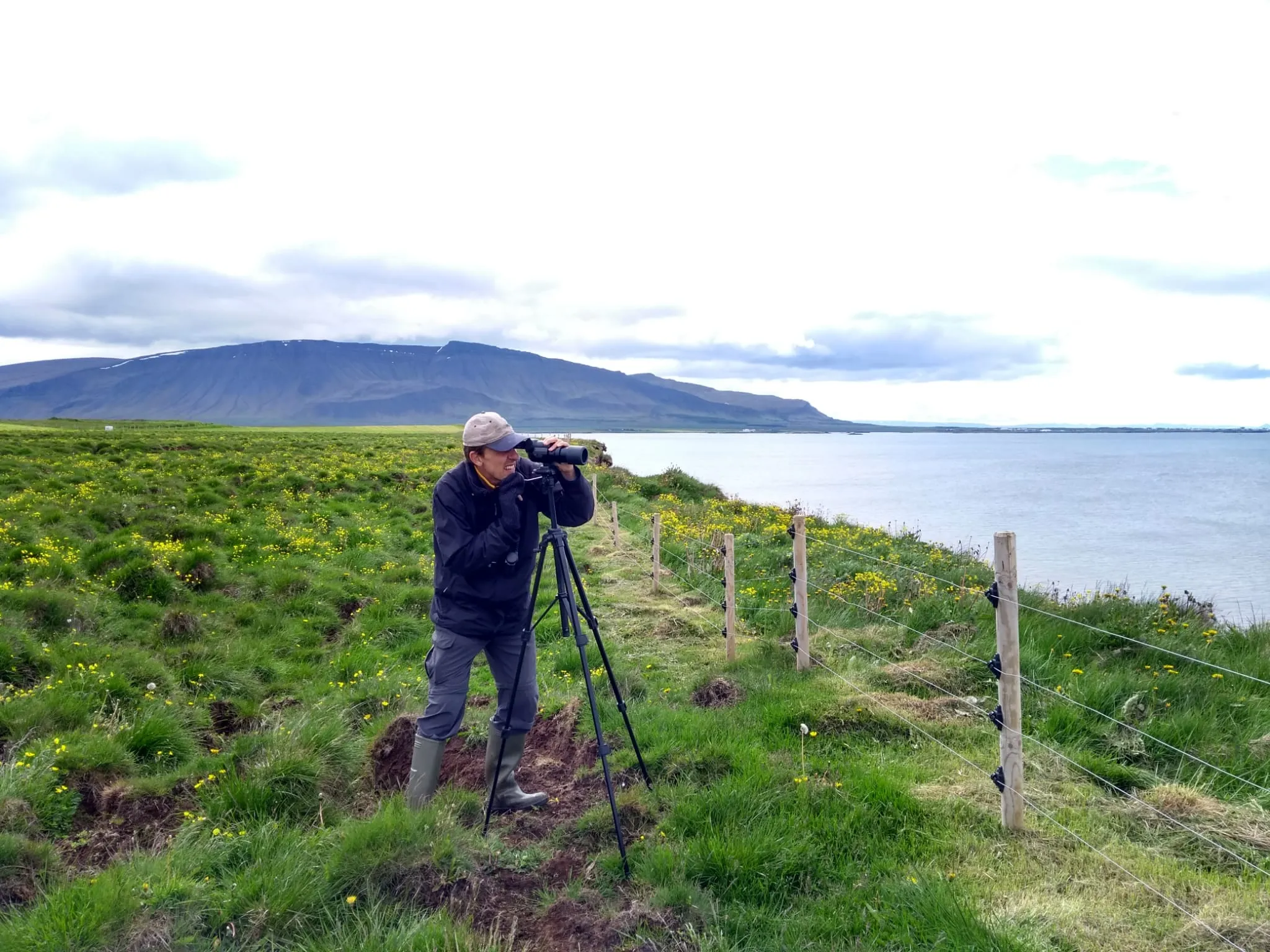
There aren’t many conservation organisations that produce gadgets in-house – and even fewer of them have their own Nigel!
Prior to joining the RSPB in 2000, Nigel had worked in consumer electronics, and had become increasingly frustrated at ‘society’s throwaway attitude towards technological goods’. Resultantly, he likes to use second-hand electronics and repurpose them, creating low-cost solutions for the RSPB while keeping electronic waste from going to landfill. Often this requires some creative problem solving, which Nigel describes as a highlight of his role – along with developing technology that can make a difference for nature.
From satellite trackers for threatened species, to flying thermal imaging cameras to detect nests, the technology Nigel has developed had been an essential part of our ability to monitor bird populations.
24 years – next year will be a big RSPB birthday for me – but don’t tell anyone!
Moving away from consumer electronics and into using creative thinking for good. I was interested in birds when I was really young, but lost interest as a teenager, when I started paying more attention to sport (and girls!). Funnily enough, my then-girlfriend (now wife) took me to nature reserves with her family, places like RSPB Titchwell, and that reignited the spark. I quickly became even more interested in nature than her family.
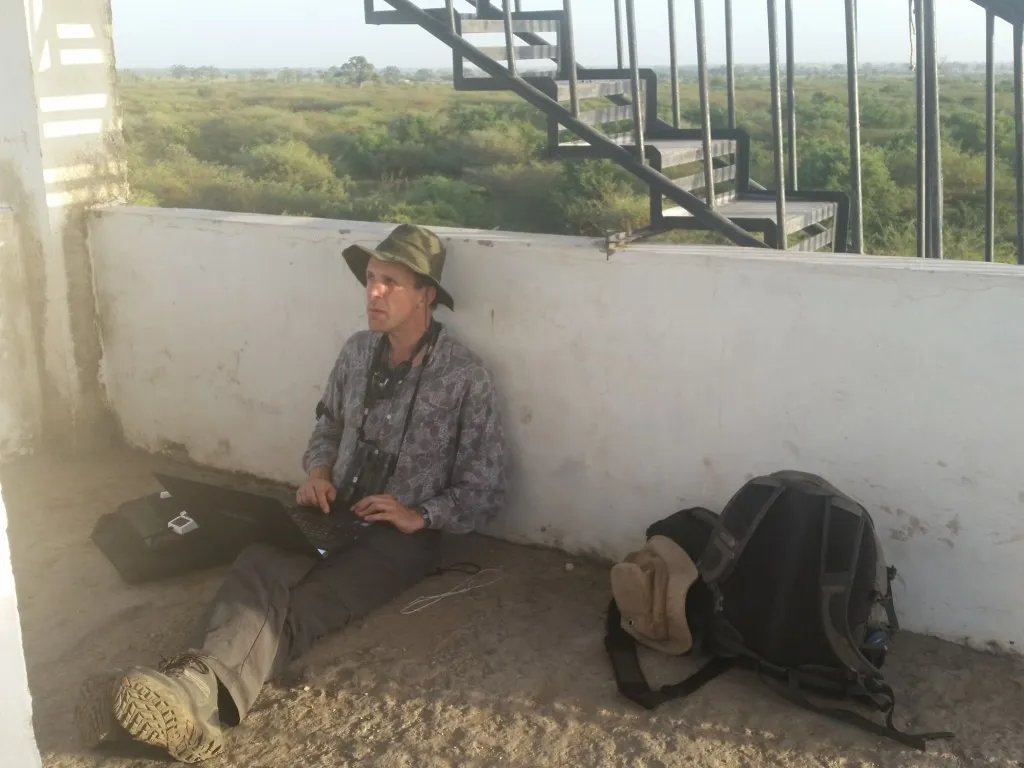
Technically, I am a one-man band, but I manage a small team of volunteers who are invaluable to the work we do. In recent years, the RSPB has received external funding to work together with partners, developing technology to save nature together. This has seen me move towards some more Project Management work… but you’ll still find me tinkering from my dining table!
Working on a seabird recovery partnership project on the Shiant Islands for RSPB Scotland. Non-native invasive Black Rats were causing problems to seabird populations. Once eradications were underway, we used decoy birds to encourage passing Manx Shearwaters and Storm Petrels to recolonise. We broadcasted their calls from an MP3 player on a timer. That was my favourite moment because I could see that the technology I had created was having a tangible, immediate impact – those seabirds were responding to the calls of our decoy and returning to the islands.

The one big thing I wish I could change is that I wish even more people were passionate about saving it. Especially young people, who are the voice for the future.
I’ve always been keen on knowing how we can use technology to connect younger people to nature. In my spare time, I help out with bird ringing – I’ve developed the satellite leg trackers the ringers deploy. It’s always a joy to me when I see young people excited about the technology used to help save nature.
Inspired? From communications to catering, Library Administrators to Learning Assistants, the RSPB is always on the lookout for a wide range of experience to help us cover the breadth of our conservation work.
If you’d like to use your skills to take action for nature, then have a look at the RSPB Job Vacancies and volunteering opportunities available now.